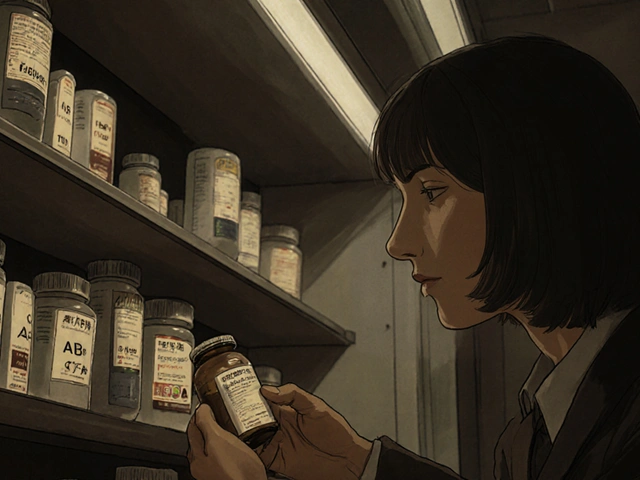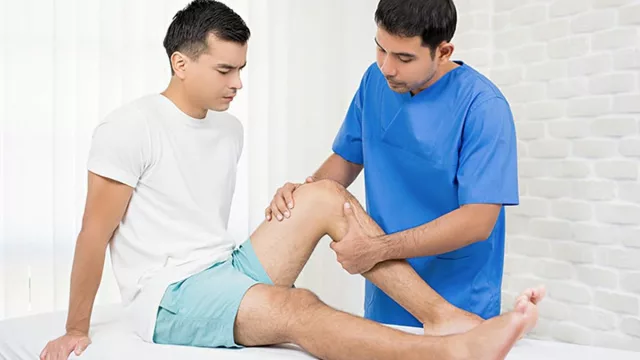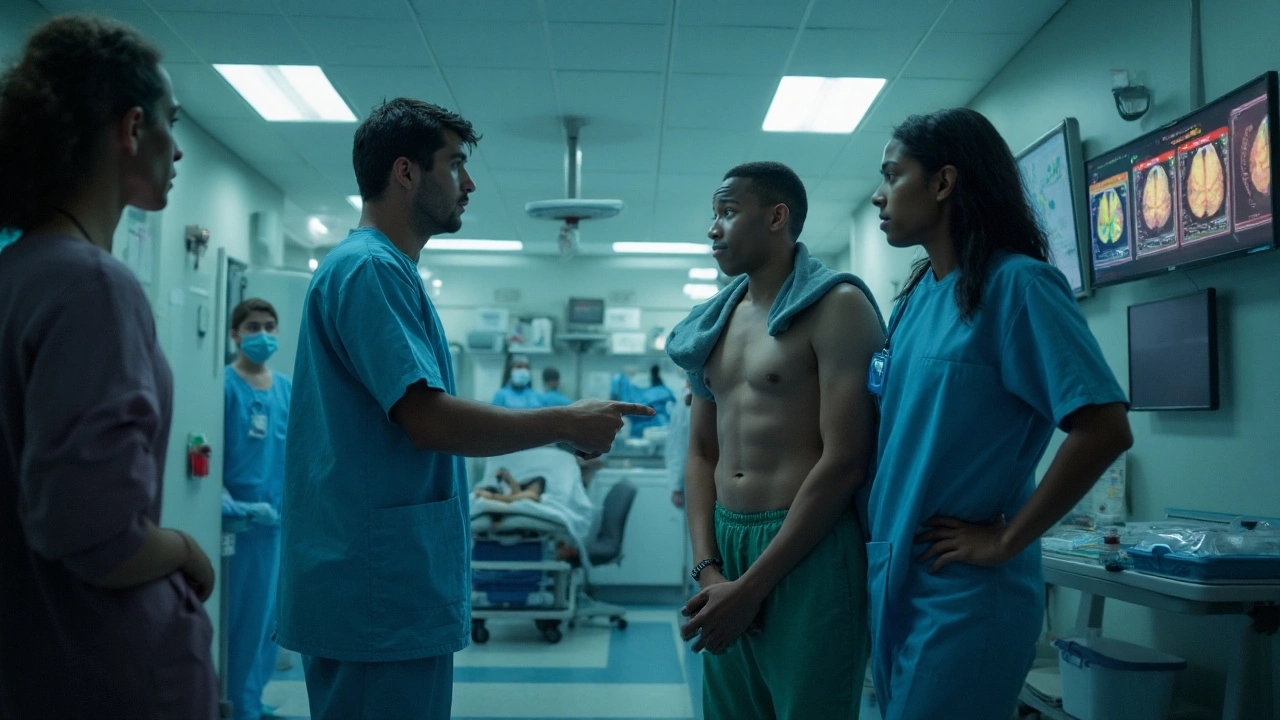Entamoeba histolytica: What It Is and Why It Matters
Entamoeba histolytica is a tiny parasite that lives in the intestines and can cause a disease called amoebic dysentery. Most people carry it without any trouble, but when it turns aggressive it can give you nasty stomach pain, bloody diarrhea, and fever. The good news is that doctors know how to catch it early and have medicines that work well. Below you’ll find the basics you need to recognize the infection, get it checked, and treat it right away.
Symptoms You Should Watch For
If you start feeling cramps that come and go, you might think it’s just a regular stomach bug. The key sign that points to Entamoeba histolytica is bloody or mucus‑filled stool. It often looks like black‑tailed fish or tiny bits of blood. You may also get a fever, weight loss, and a feeling of being very tired.
In some cases the parasite can travel beyond the gut and affect the liver, causing a painful lump under the rib cage, fever, and jaundice. This is called an amoebic liver abscess and needs urgent medical attention. If you notice any of these signs, especially after a recent trip to a region where the parasite is common, call your doctor right away.
How Doctors Diagnose and Treat It
To confirm the infection, doctors usually ask for a stool sample. The lab looks for the parasite’s cysts or active trophozoites under a microscope. In tougher cases they might run a PCR test that looks for the parasite’s DNA, or an antigen test that spots specific proteins.
Once the diagnosis is clear, treatment is straightforward. The first line drug is metronidazole or tinidazole, taken for 7‑10 days to kill the active form. After that, a second drug called a luminal agent (like paromomycin) clears any remaining cysts in the gut. This two‑step approach stops the infection from coming back and protects anyone you share food or water with.
Side effects from the meds are usually mild – a metallic taste, nausea, or a headache. If you feel anything severe, let your doctor know right away. Most people feel better within a few days of finishing the full course.
Prevention is mostly about hygiene. Always wash your hands with soap after using the bathroom and before handling food. Drink bottled or boiled water when you’re traveling in places where sanitation is poor, and avoid raw vegetables that might have been washed with contaminated water.
Keeping your kitchen clean, using clean cutting boards, and storing leftovers promptly also cuts down the risk. If you’re caring for someone with an active infection, wear gloves when cleaning up after them and wash everything they touch with a bleach solution.
Bottom line: Entamoeba histolytica can be scary, but it’s also highly treatable. Spotting the symptoms early, getting a proper stool test, and finishing the full medication regimen will get you back to normal fast. And a few simple hygiene habits go a long way in keeping this parasite out of your life for good.
Amoeba Infections 2025: Clinical Guide for Healthcare Professionals (Diagnosis, Treatment, Prevention)
Clinician-focused guide to diagnosing and treating amoeba infections in 2025-E. histolytica, Naegleria, Acanthamoeba. Fast recognition, testing, dosing, and prevention.
About
Health and Medicine
Latest Posts


Buy Cheap Generic Bactrim Online - Safe Pharmacy Guide 2025
By Orion Kingsworth Sep 30, 2025

Healthymale.com Review: Online Pharmacy, Medications, and Men’s Health Tips
By Orion Kingsworth Jul 27, 2025

Insurance Benefit Design: How Health Plans Use Generics to Cut Costs
By Orion Kingsworth Dec 1, 2025

